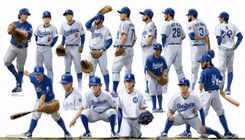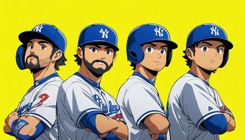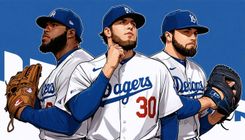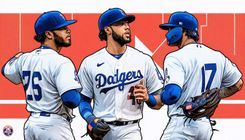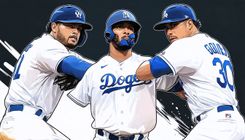Analyzing the MLB Trade Deadline: Winners and Losers
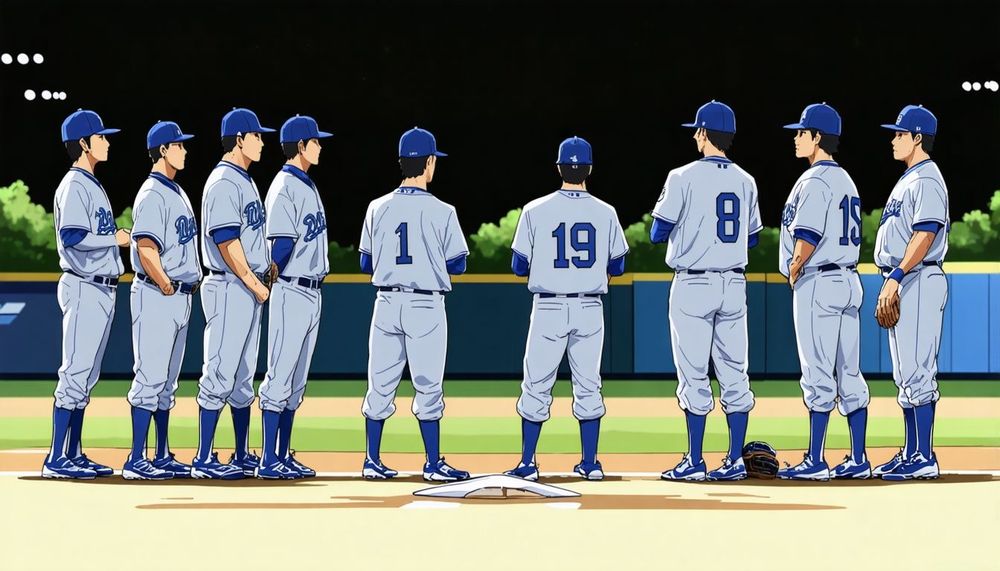
As Major League Baseball's trade deadline approaches, teams frequently engage in last-minute transactions that reshape their rosters and future narratives. With just hours remaining before the deadline on Thursday, there were initial predictions of a quiet trading period. However, significant moves involving players such as Carlos Correa, Mason Miller, and Eugenio Suárez transformed expectations and raised new questions about various teams’ trajectories. This article summarizes the key deals and assesses the impact of each team's actions.
Right-handed pitcher Mason Miller has emerged as one of the most impressive young talents in baseball. Known for his high-velocity fastball exceeding 103 MPH and a devastating slider, he has recorded an astounding strikeout rate early in his career. In a significant trade, the San Diego Padres acquired Miller from the Oakland Athletics in exchange for a sizable package of prospects, including highly regarded shortstop Leo De Vries, who ranks among the top prospects in all of baseball. This trade appears beneficial for both teams: the Padres gain a long-term pitching solution while the Athletics receive assets that could play a pivotal role in their future endeavors.
The Minnesota Twins continue to face challenges following a series of trades that have stripped their roster of key contributors. The loss of star players, including Carlos Correa, who was traded back to the Houston Astros, has raised concerns within the organization. Despite star outfielder Byron Buxton expressing loyalty to the team, the Twins' recent actions suggest a transition toward rebuilding. This transformation has left fans unsettled, especially as the roster is now void of several familiar names and has not yielded significant future prospects. Meanwhile, the New York Mets, recognizing deficiencies in their bullpen, made a late push for relief pitchers, adding multiple arms in an effort to strengthen their chances for a postseason run. Their trades, including for Ryan Helsley and Tyler Rogers, bolster a once-volatile bullpen, transforming it into a formidable unit headed into critical late-season matchups.
The St. Louis Cardinals faced their own set of hurdles as trade rumors circulated but resulted in limited movement due to some players holding no-trade clauses. This left the organization unable to make substantial changes even as they acknowledged a desire to retool for the future. Their trades yielded limited returns, leaving fans feeling disillusioned with the current state of the franchise. In contrast, the Philadelphia Phillies capitalized effectively on the trade deadline, acquiring pitchers Jhoan Durán and Harrison Bader without depleting their top-tier prospects. Such strategic moves exemplified their commitment to building a competitive roster while planning for future seasons.
In the American League West, the Texas Rangers made key acquisitions to bolster their rotation, remaining in a tight race with the Seattle Mariners and Houston Astros. The division continues to present an exciting competition as each team seeks to solidify its playoff positioning. The Chicago Cubs, meanwhile, made a couple of last-minute moves by acquiring utility players and pitchers, though there is ongoing debate about whether these additions are sufficient for a team contending for the postseason. The Chicago White Sox opted not to make any significant trades, a decision met with scrutiny among fans while the team remains in a challenging position looking ahead to future seasons.
The Toronto Blue Jays also made headlines by acquiring former AL Cy Young winner Shane Bieber from the Cleveland Guardians. Though injury concerns and contract considerations diminished Cleveland's leverage, this trade significantly enhances Toronto's starting rotation, positioning them as a potential contender in the postseason. As the deadline concluded, the Cincinnati Reds made a surprising move by acquiring third baseman Ke'Bryan Hayes instead of pursuing the more prominent Eugenio Suárez. This decision highlights the complexities teams face when addressing their roster needs, particularly when seeking immediate upgrades.
Multiple teams, including the Miami Marlins and Milwaukee Brewers, adopted varying strategies. The Marlins refrained from making hasty trades, preferring to keep their key players amidst a relatively quiet market. In contrast, the Brewers' minimal moves have left some puzzled, especially as more aggressive teams enhanced their rosters during the deadline activities. As the dust settles from the deadline, the implications of these trades will, over time, significantly influence teams' paths moving forward.


